Discover Portugal
-
Best time to visit Portugal
Portugal is a year-round destination for hiking and cycling, but each season offers a different flavor of adventure. Whether you picture coastal walks along the Rota Vicentina, cycling through the Douro Valley, or exploring the palaces of Sintra, the timing of your trip can make the experience even more rewarding. For North American travelers planning a Portugal vacation, the good news is there’s rarely a bad time to go.
If the hot summer months of July and August are the only time you can travel, consider visiting the north of Portugal where temps don't soar quite as high, and a trip like Cycling Portugal’s Atlantic Coast will see you getting decent temperatures for biking and still be able to spend some time on the beach.
Spring in Portugal
Mild weather, fewer crowds, and blooming landscapes make spring one of the best times to hike or bike in Portugal. April and May bring warm days in the Algarve and Atlantic Coast. It’s also festival season, from Holy Week celebrations to food fairs in Lisbon, giving you a cultural bonus along with the outdoor fun. Combine that with a walking tour around Sintra, which is an ideal time, meaning the crowds will be smaller, giving you more time and space to appreciate this town of architectural wonder.
Summer in Portugal
Summers, especially in Southern Portugal can get HOT! So we highly recommend visiting that area outside of the hottest months of the year. If July or August is your only window to travel, the north of Portugal is your friend. Porto and the Douro Valley are cooler than the south, so walking or cycling among vineyard trails is much more comfortable. Or check out Cycling Portugal’s Atlantic Coast and enjoy adding some time on the beach. Summer is also the best time for an active holiday in the Azores, with pleasant 70°F days and the chance to spot whales and dolphins on the horizon. Think of it as the Portuguese version of Hawaii, but greener and a lot less crowded.
Fall in Portugal
September and October might be the sweet spot. Temperatures dip just enough for comfortable hiking and biking, especially in southern regions. This is the ideal season to enjoy the dramatic cliffs and coves of the Algarve, where you can balance your miles on the trail with a beachside seafood lunch. In the north, vineyard harvests make cycling in the Douro Valley even more special.
Winter in Portugal
Portugal doesn’t shut down for winter. While northern Europe shivers, southern Portugal stays mild, with plenty of sunny days for walking and cycling. The standout choice is Madeira, where a subtropical climate and famous levadas (irrigation channels) make for year-round walking adventures. Winter highs in the 60s feel positively spring-like if you’re flying in from Chicago or Toronto.
![Best time to visit Portugal]()
-
Frequently Asked Questions on Portugal
What part of Portugal should I visit?
It depends on your style of adventure. The Algarve is ideal if you’re dreaming of sunny beaches and turquoise waters, while the Alentejo offers dramatic coastline and charming towns like Évora. Wine lovers will feel at home in the Douro Valley, a UNESCO World Heritage site and the birthplace of Port. Near Lisbon, Sintra blends fairy-tale palaces with rugged coastal trails. If you’d rather go island-hopping, Madeira and the Azores are lush, green playgrounds for hiking year-round
How many days do you need to visit Portugal?
You can get a taste of Portugal in a long weekend by pairing Lisbon & Sintra, but a week lets you fully enjoy a hiking or cycling trip like the Rota Vicentina's Fishermen’s Trail or Douro Valley by Bike. One to two weeks is the sweet spot: combine a week of active exploration with some time diving into the charm of Portugal’s great cities or relaxing by the coast or in a wine region, giving you time to delve deeper into Portugal’s landscapes, culture, and cuisine.
Is food expensive in Portugal?
Not at all. Eating out in Portugal is excellent value compared to many European destinations. Expect to pay around €7–12 for lunch and about €25 for a hearty dinner. With so much wine produced locally, you’ll find delicious bottles at very reasonable prices—perfect for pairing with a seafood feast or rustic meat dish.
What food is Portugal known for?
Seafood is king here, from simply grilled sardines to octopus rice. Pork dishes are also beloved, especially Porco Preto (black pork), which you’ll find in traditional churrascarias. For something sweet, don’t miss the famous Pastel de Nata custard tarts, best enjoyed with a strong Portuguese coffee. Food in Portugal is simple, rustic, and full of flavor—the kind of cooking that makes every meal memorable.
Is Portugal warm all year round?
Portugal enjoys one of Europe’s longest warm-weather seasons, but it isn’t hot all year. Winters are mild compared to much of Europe, especially in the south, where you can still enjoy sunny hiking and cycling in the Algarve in November, but you may experience a cold wind that comes off the Atlantic. Madeira is the best bet for winter adventures, with subtropical weather and walking routes that stay pleasant year-round.
What is the most beautiful part of Portugal?
That depends on what takes your breath away. The golden cliffs of the Algarve, the untouched coastline of the Alentejo, and the vineyard landscapes of the Douro Valley are all spectacular. If you prefer greener scenery, the Azores and Madeira islands deliver volcanic peaks, waterfalls, and lush forests. For history and architecture paired with seaside trails, Sintra is hard to beat.
![Frequently Asked Questions on Portugal]()







































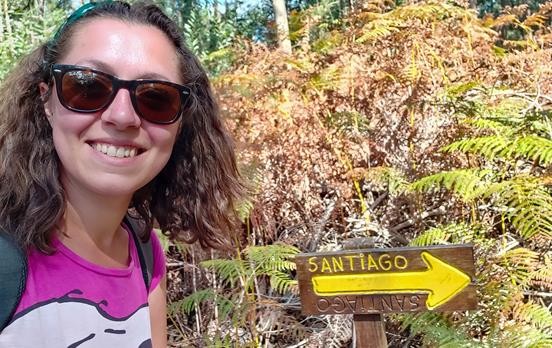
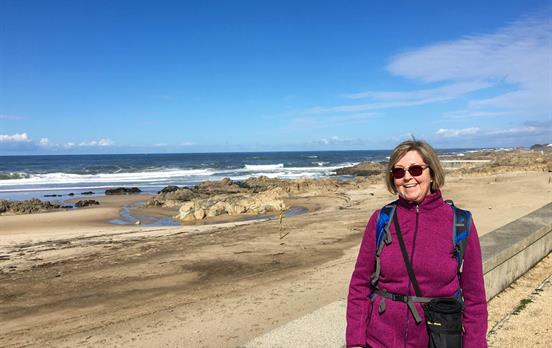
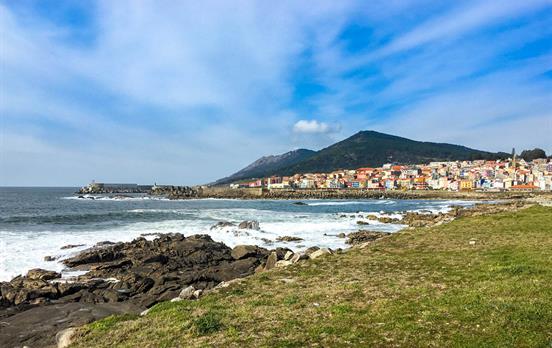
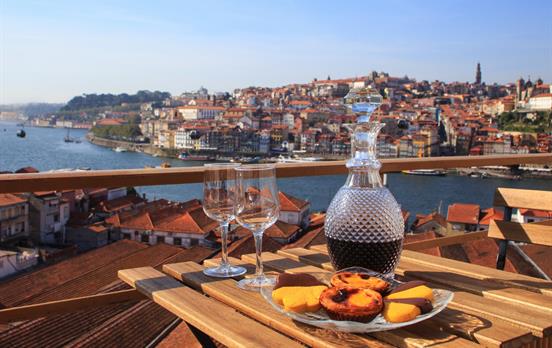
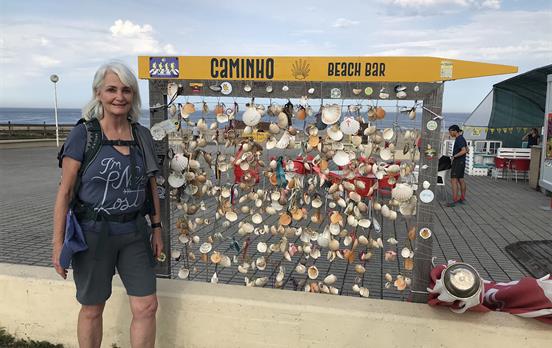

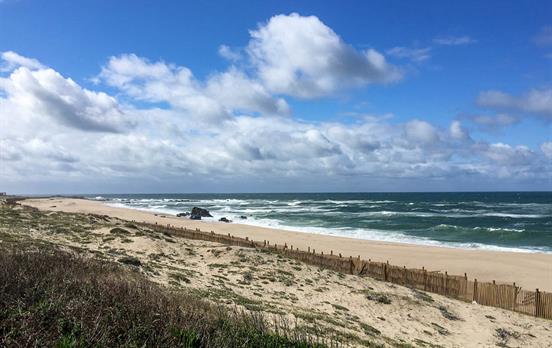


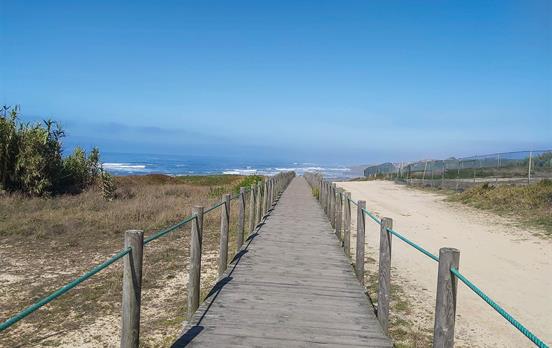
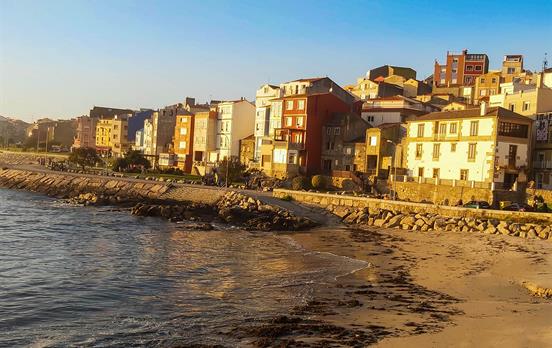
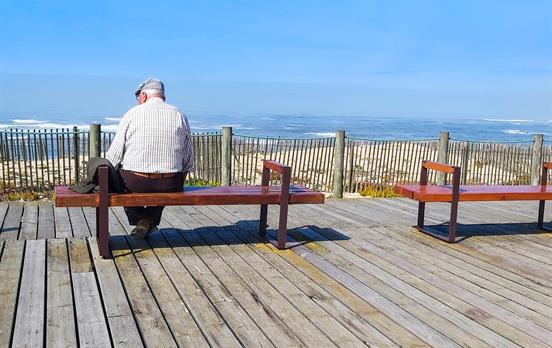
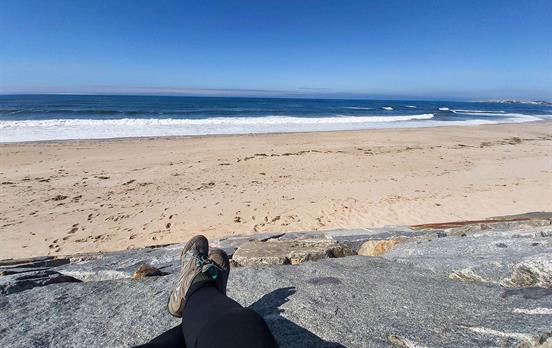

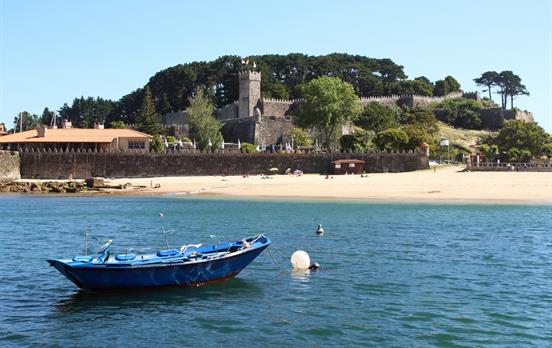
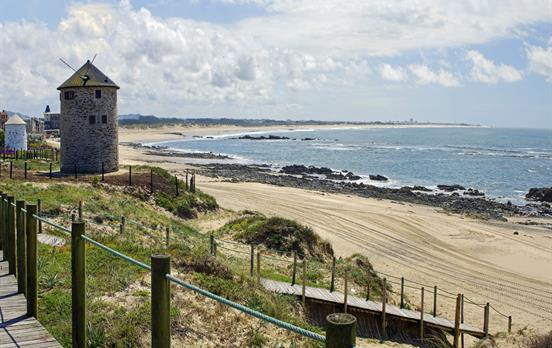
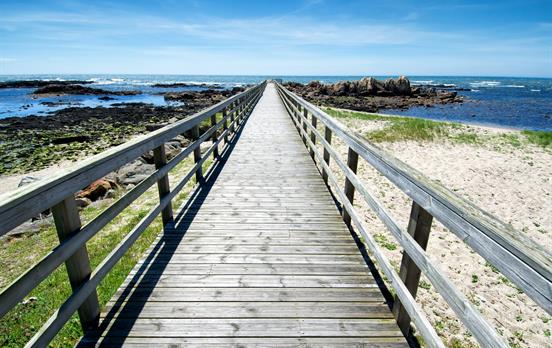
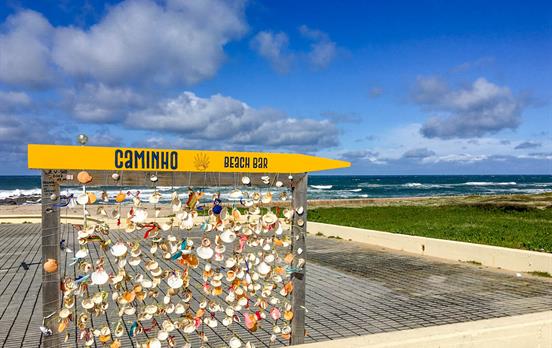
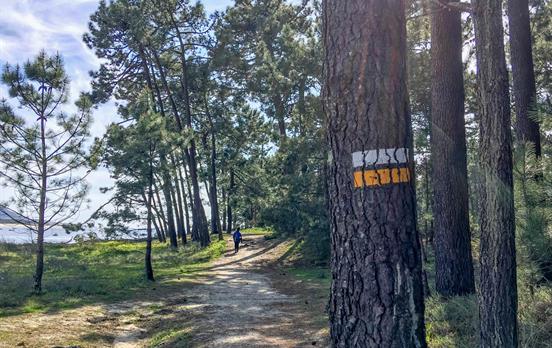
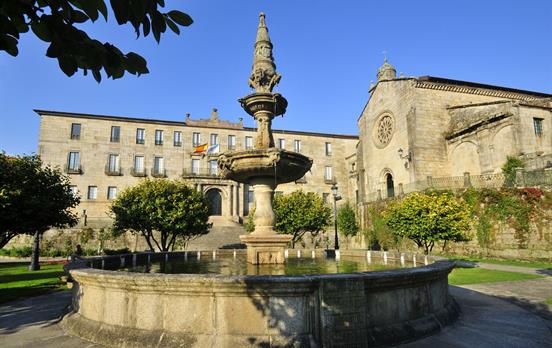


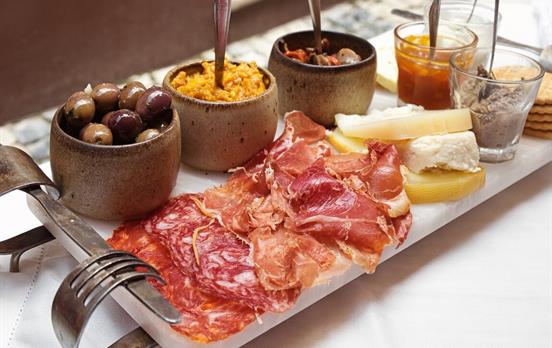
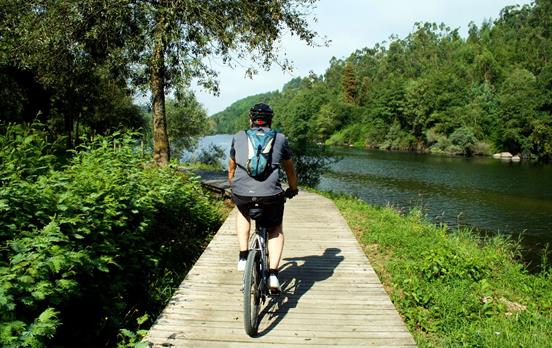
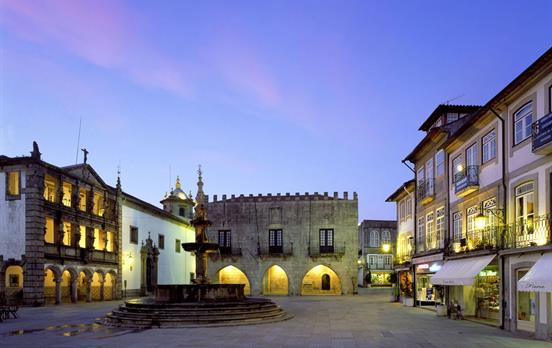
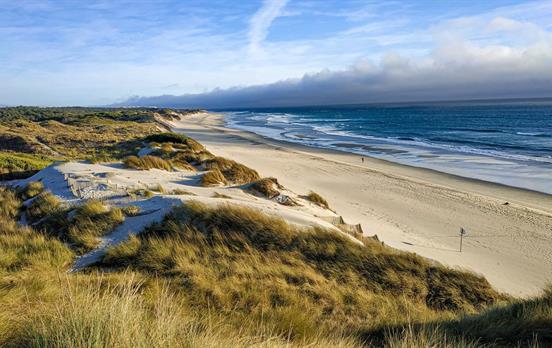
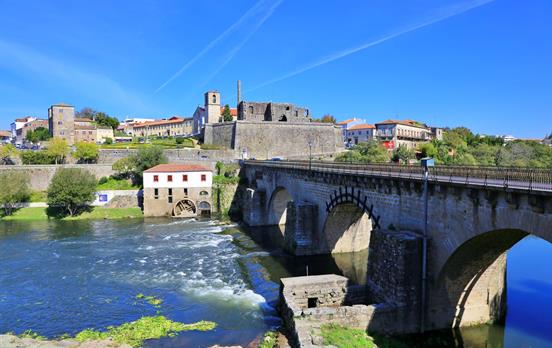
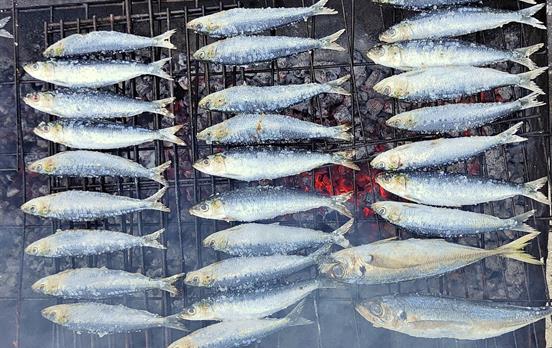
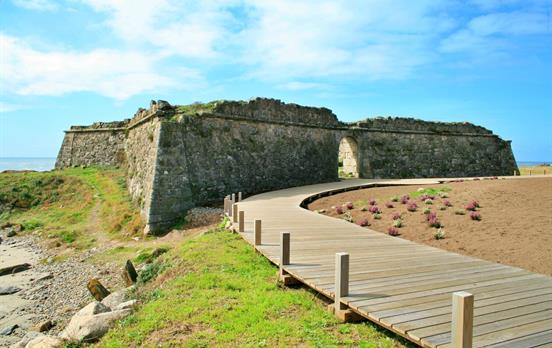
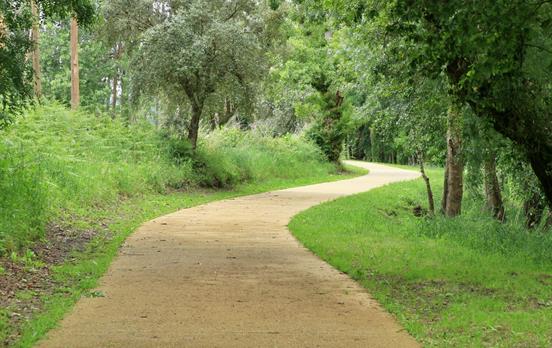
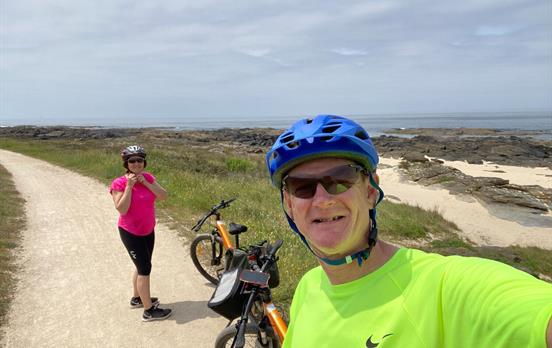
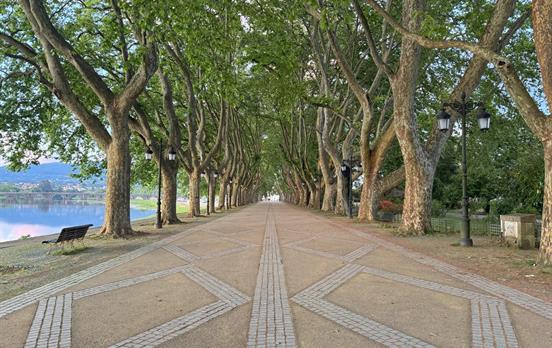
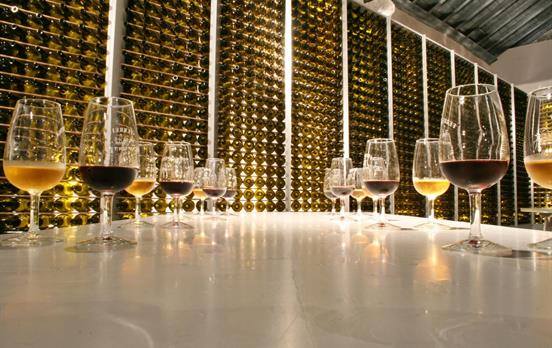


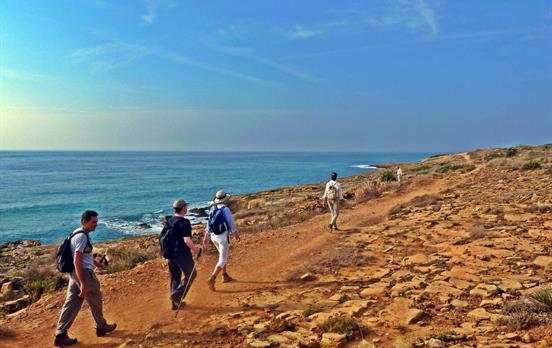
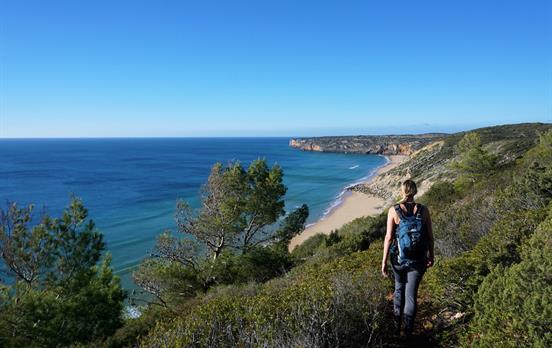

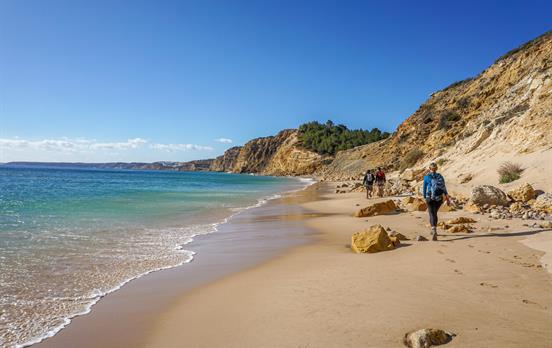
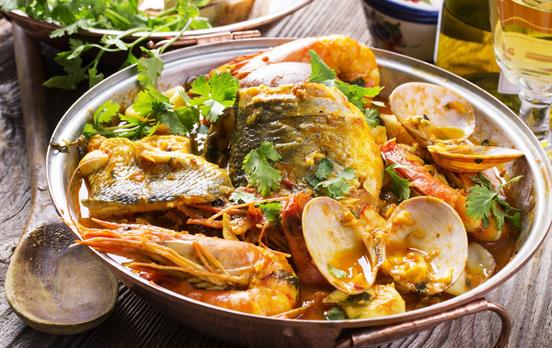
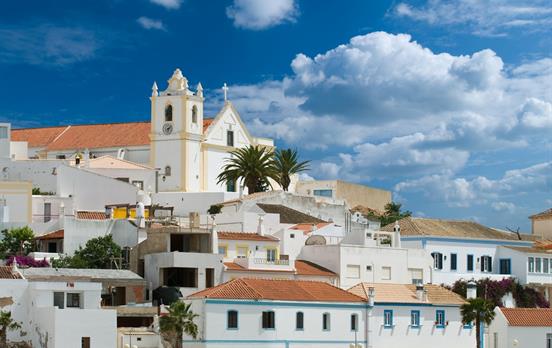
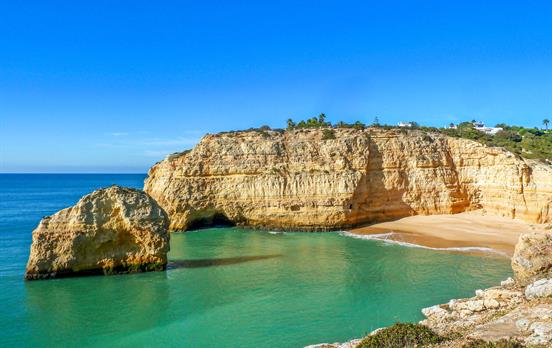
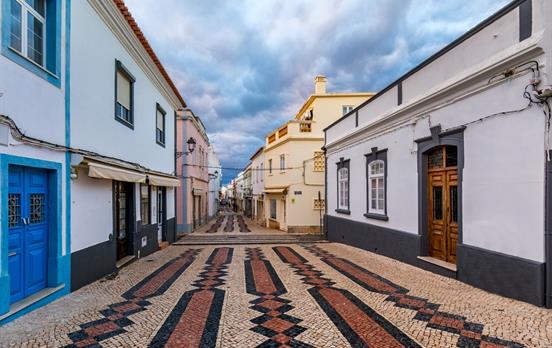
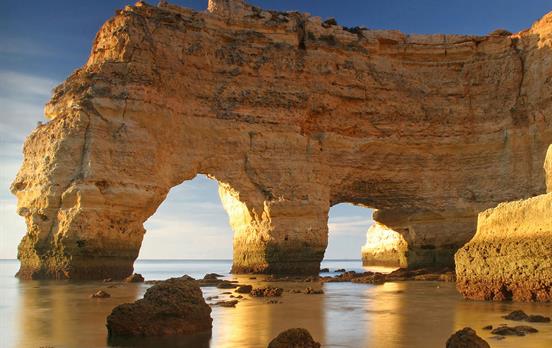
/tourimagegallery/PrimaryTourImage-Cascais-rsz2-08092023161017024.jpg)

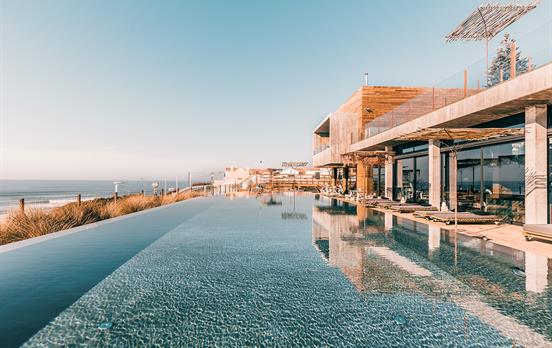
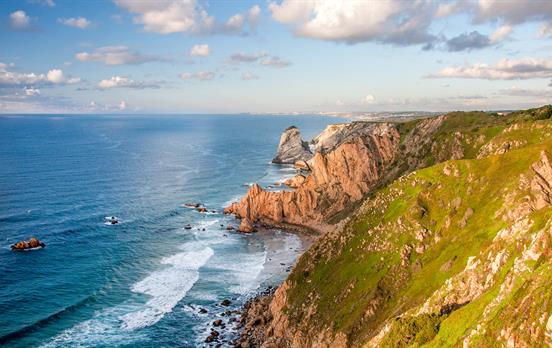
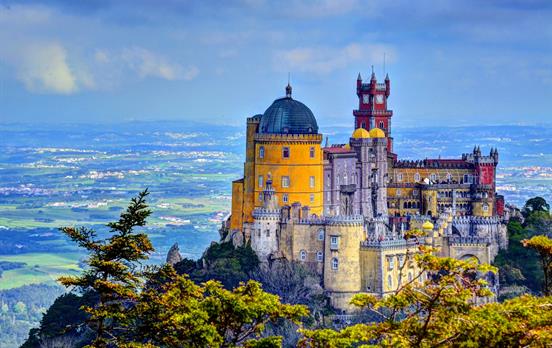

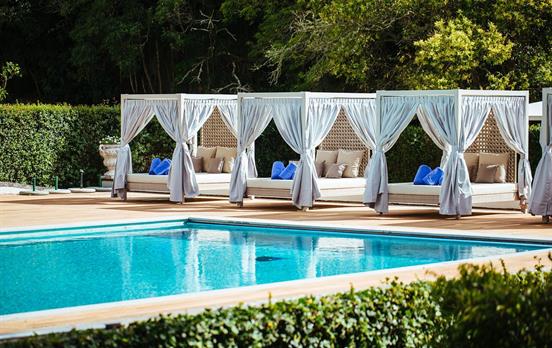
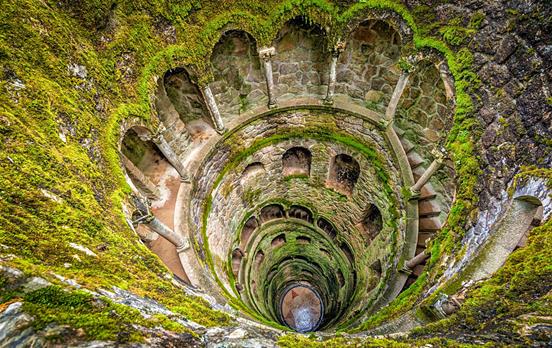

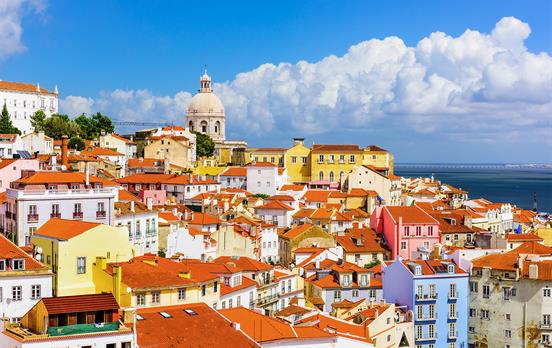
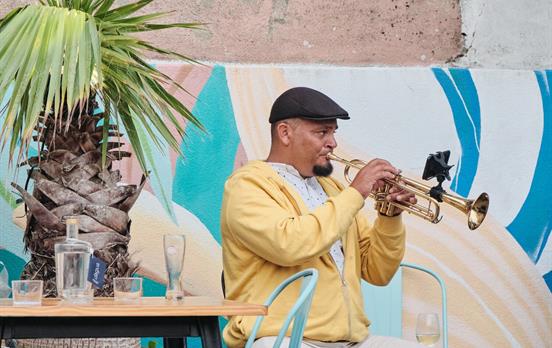

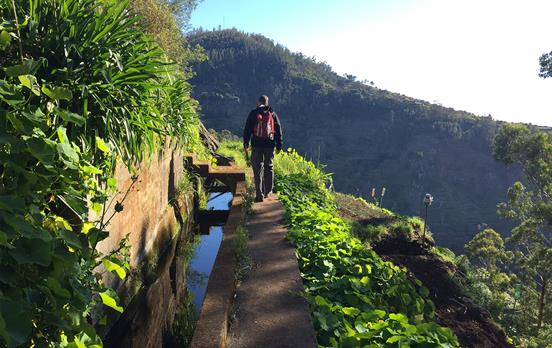
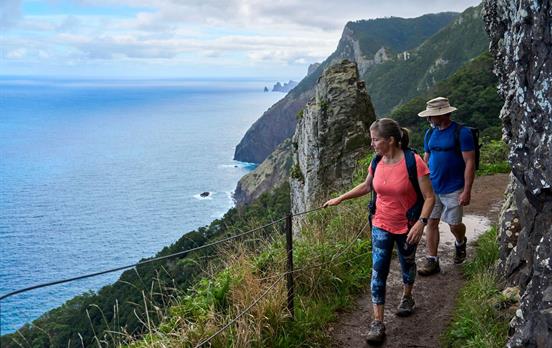

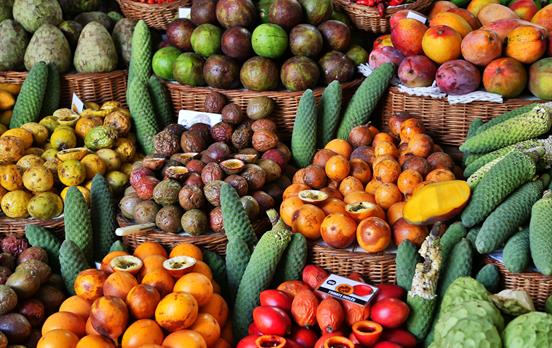
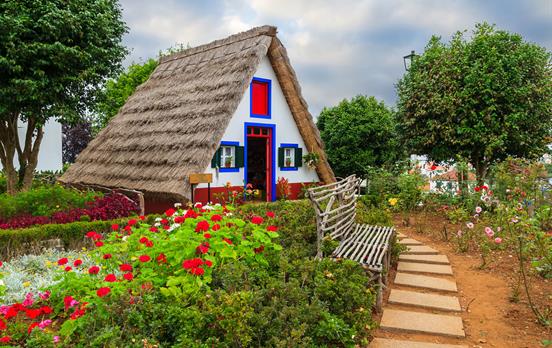

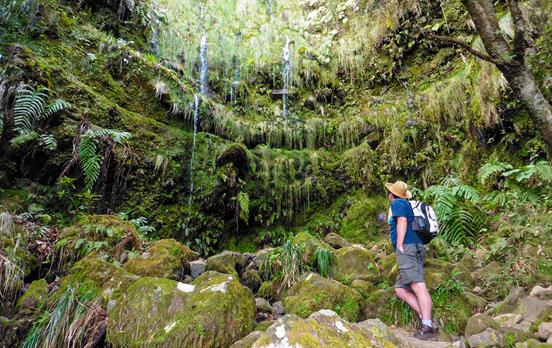
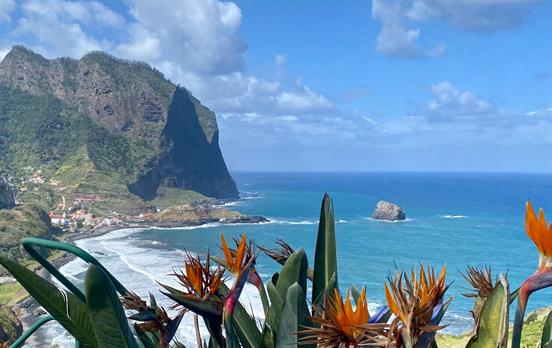
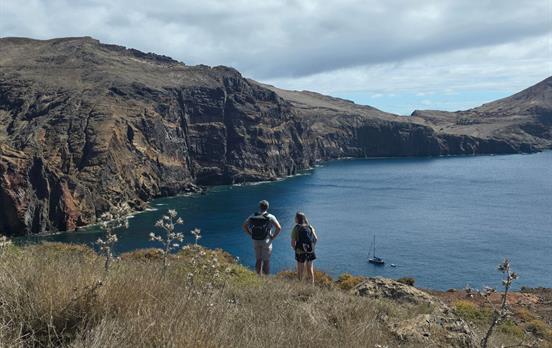
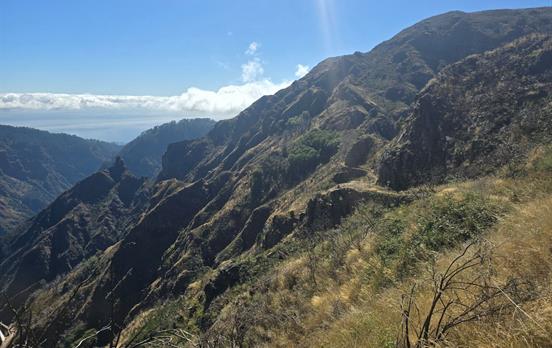


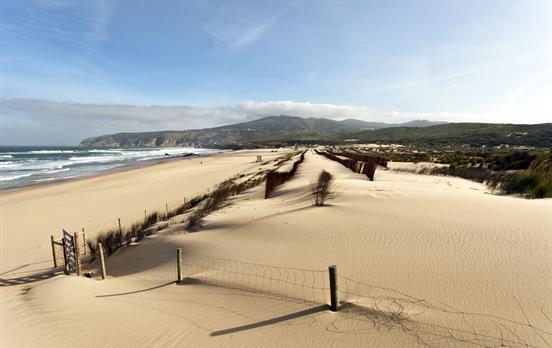
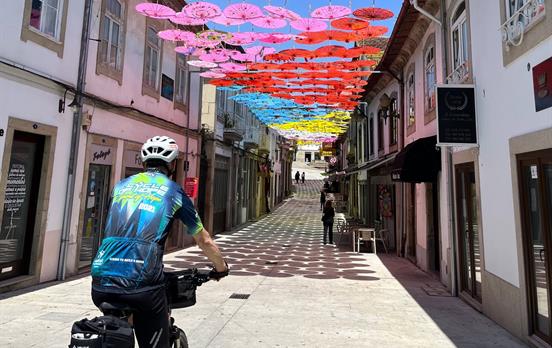
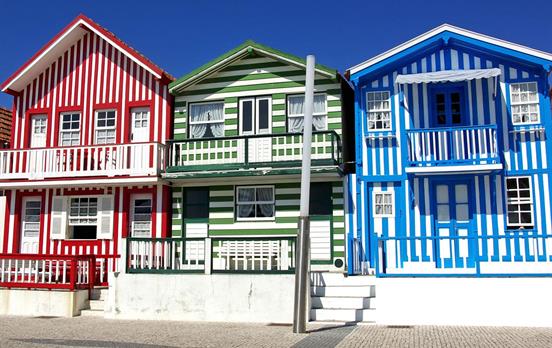
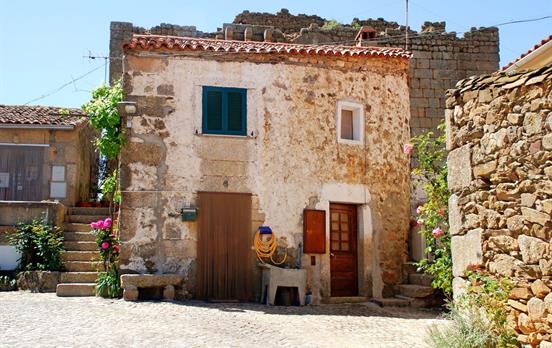
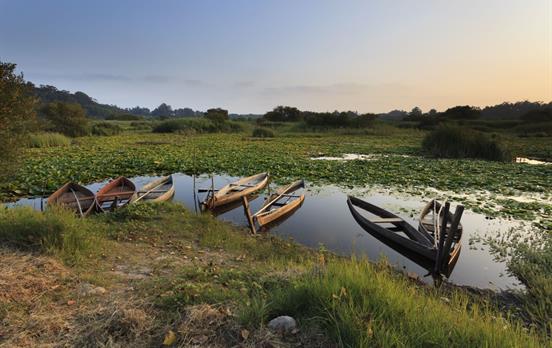
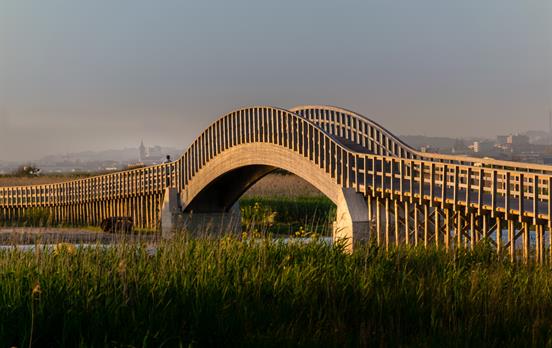
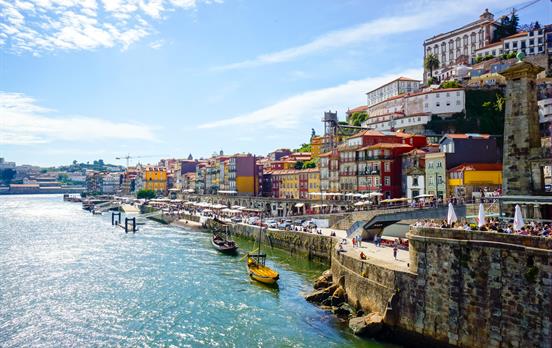
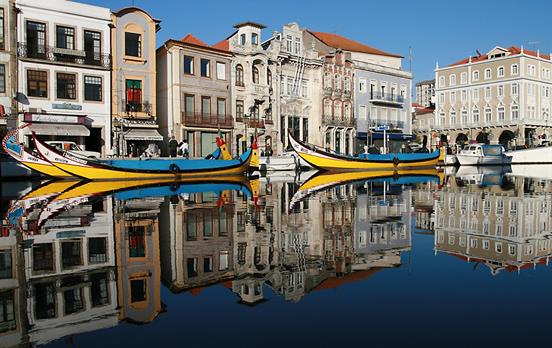
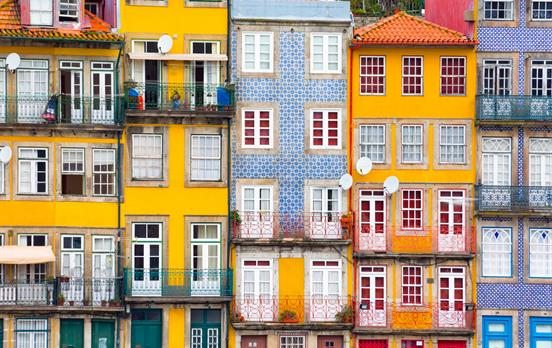
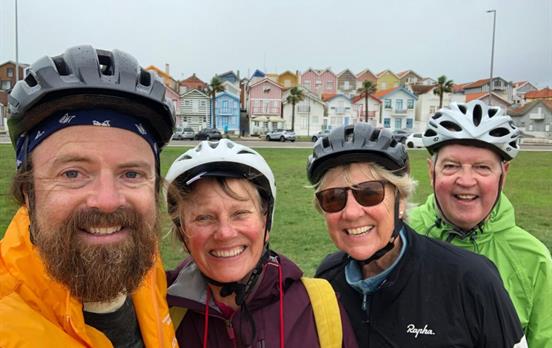
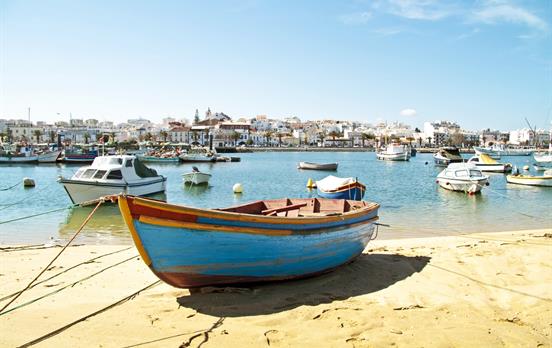
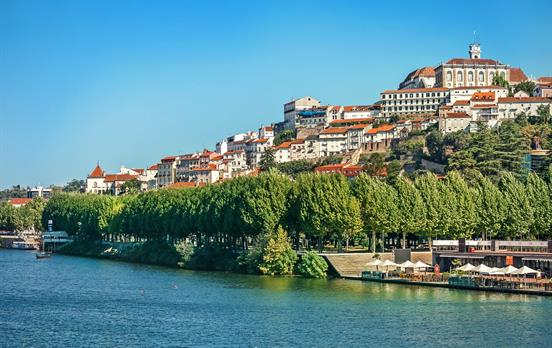





 Canada
Canada